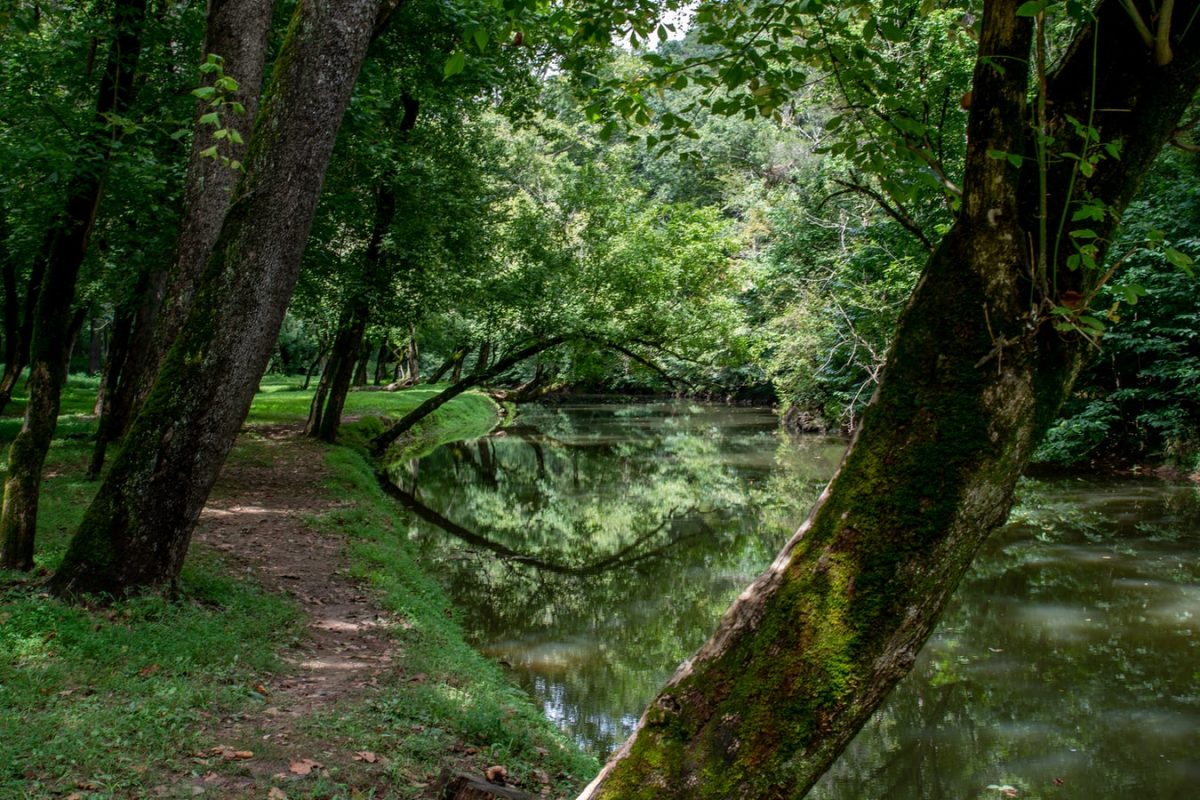Myakka River State Park is a wonderful nature preserve right in Sarasota’s backyard. The park holds 37,000 acres of unspoiled land that offer a variety of exciting wildlife tours near Siesta Key.
Myakka is located southeast of Sarasota along Florida highway 72. It’s about a half-hour drive from Siesta Key to the park entrance. With a car, or maybe even a bicycle, it’s doable as a day trip. You could find yourself relaxing on the Siesta Key beachside villas, floating through the verdant wetland of the Myakka River, and traversing a great savannah – all before sunset.
If you want to extend your stay camping is also an option. There are multiple campsites with full amenities. There are also 6 barebones campsites along the main hiking trails for those who want to fully immerse themselves in the great outdoors.
As far as things to do in Siesta Key, these tours are quite off the beaten path. You’ll find some very interesting wildlife boat tours, tons of trails, birdwatching spots and even a path leading through the treetop canopy.

Myakka River Wildlife Tours
Jump on a pontoon flowing upriver toward Lake Myakka. You’ll be amazed how much different terrain there is to cover just a short distance from the Siesta Key gulf coast. A friendly and casual tour guide will explain the local wildlife and ecosystem.
You’re quite likely to see alligators, turtles, and several species of birds. If you’re lucky, you might catch a rare glimpse of a blue heron or roseate spoonbill. These birds are smaller and more elusive than some of their cousins, but their bright blue or pink plumage will be sure to give them off!
There are multiple river tours daily, leaving every two hours from 9 am – 5 pm. The tour operator offers discounted children’s tickets. It’s recommended to show up early and get tickets in advance. The boats sell out regularly during peak winter months. Many animals prefer to hide in the shade, or underwater, to escape the Florida summer heat. You’re more likely to see flourishing wildlife when it’s cooler.
For those not interested in the boat, you can try off-roading on a “tram” tour. The tram is more of a safari expedition. It is remarkable how close the dry prairie is to the wetlands. Here you may see cranes or owls nesting in the surrounding canopy. Starting in 2020 the tour vendor will offer horseback and horse-drawn carriage tours as well.
Canopy Walkway at Myakka
A long wooden bridge through the branches of the trees overlooks miles of untouched land in all directions. From here, you can see the lush forests, dense wetlands, and stretches of prairie which dot the area.
The Canopy Walkway begins with a stair climb going up to a tower 74 feet (22.5 meters) high.
Follow the signs to make sure you are taking the right path, as it’s a one-way walk. The signs are also very informative.

The walkway is like an outdoor museum where you can learn about all the plants, animals, and bugs that live here in real-time. A careful eye might also spot deer prancing through the forest, or a bird of prey descending on their target from above.
Plan Your Next Stay
These walkways are important projects aiming to support and educate people about biodiversity. By visiting, you’re helping to support the preservation of Florida’s natural wildlife from invasive species – not just Myakka, but Siesta Beach too! It’s something great to think about when planning one of your own Myakka River tours as part of a larger stay with Siesta Key beachside rentals.
The Birdwalk at Myakka
In the heart of the wetlands, large birds like hawks, falcons, ospreys, and vultures to come here to eat, rest and sometimes mate. It’s not uncommon to see the American bald eagle fighting off other birds to get their fish. There are owls in the treetops; pelicans and herons in the water; turkeys and quails roaming the land.
The variety of birds is seasonal. In the dry winters, water levels are low, and tall grass stretches across the land. In the wet summers, the area becomes dark and marshy. The level of rain provides different habitats and food sources throughout the year. You may find it helpful to seek out park rangers or do your own research and download some bird calls or images.



